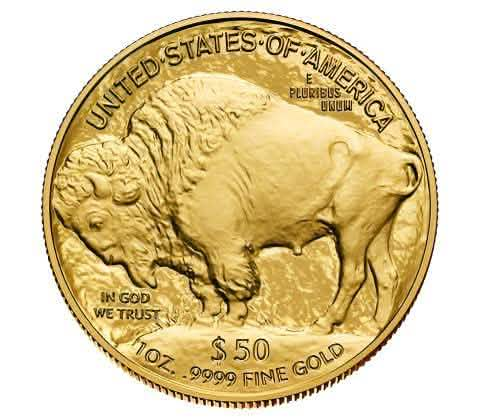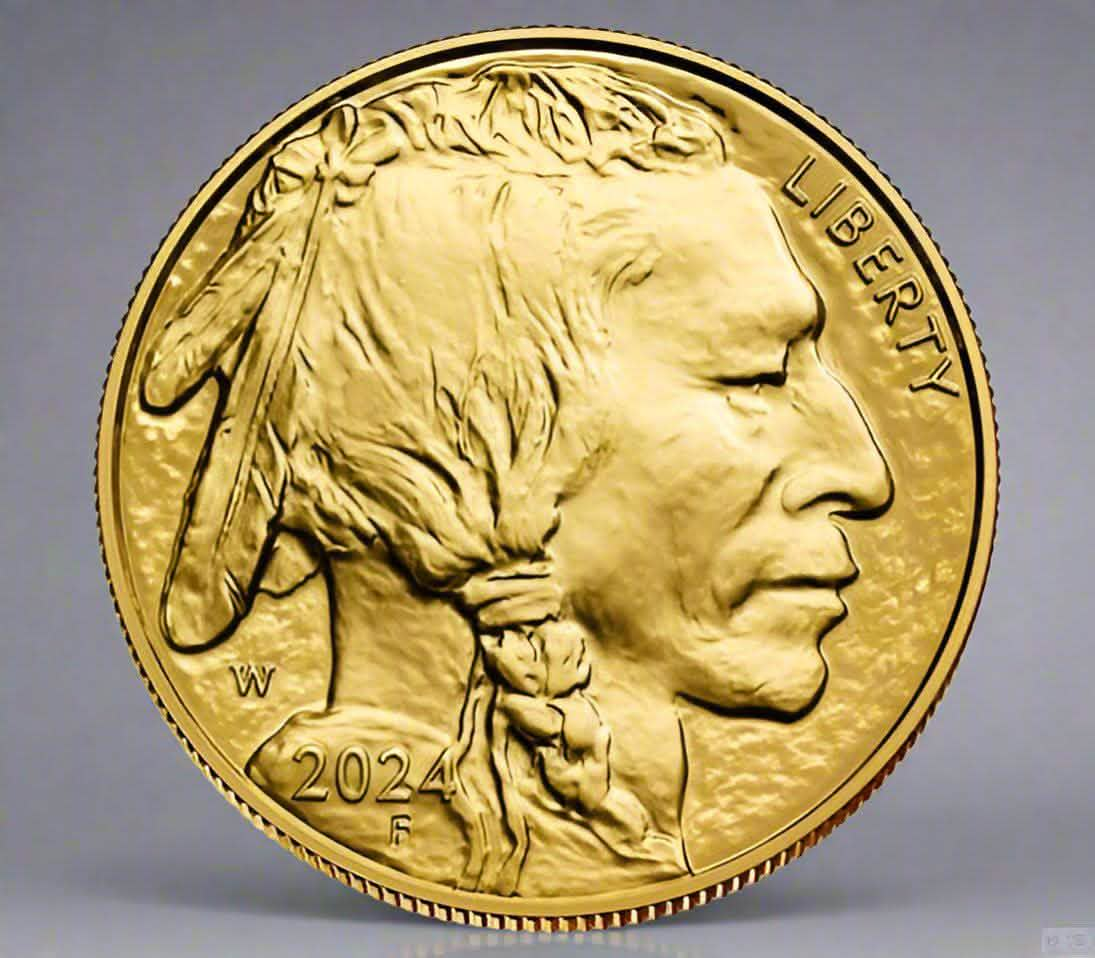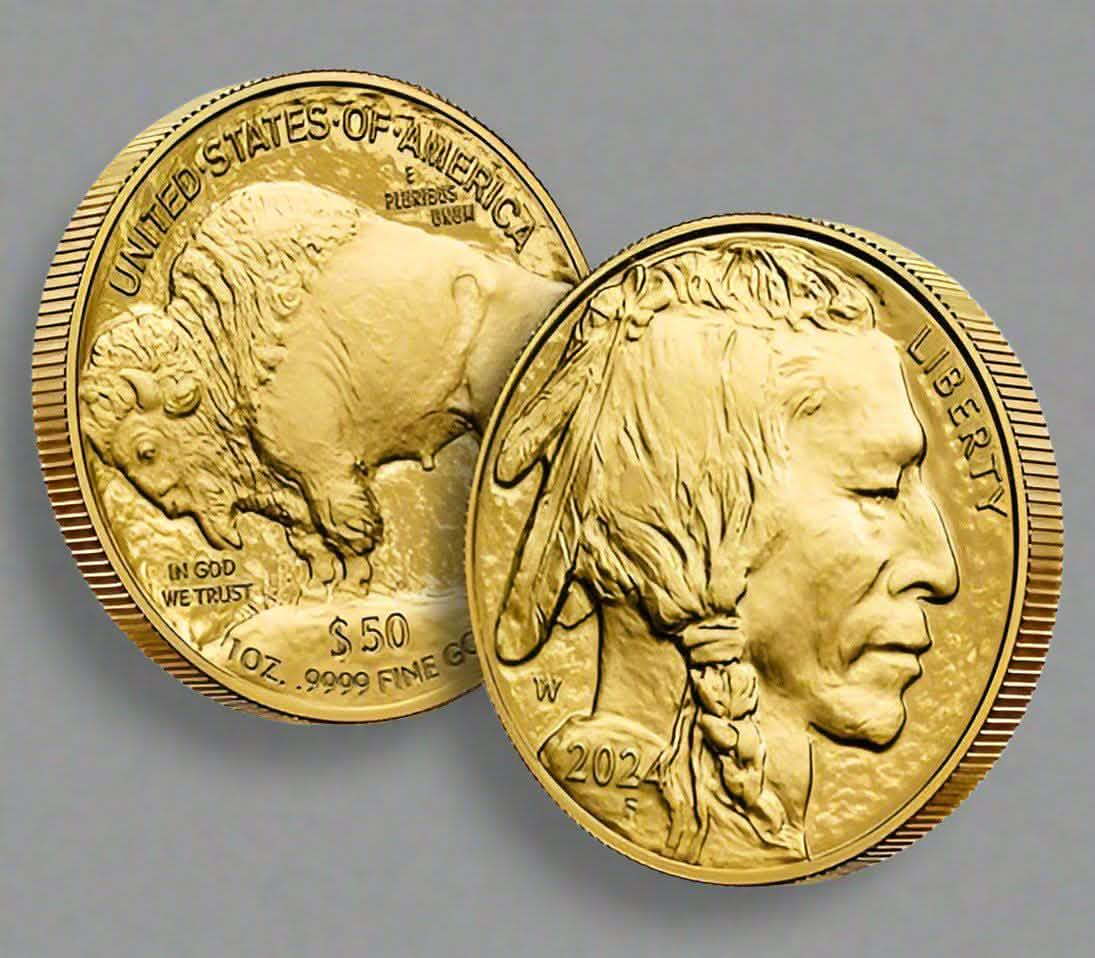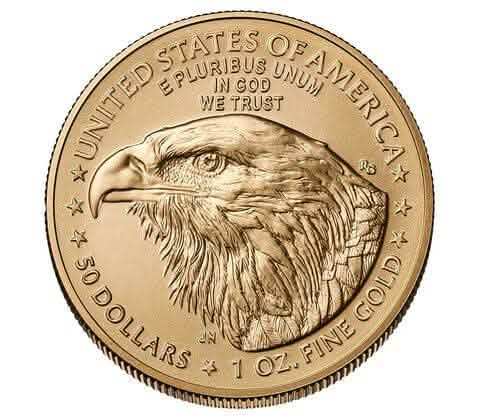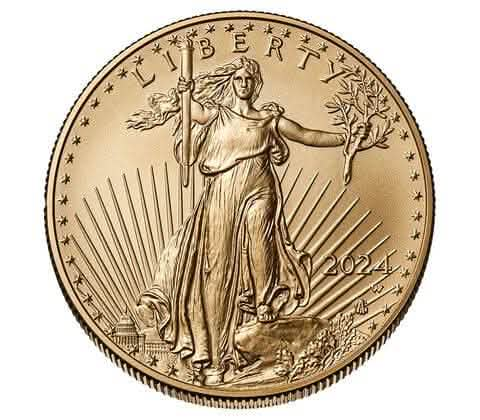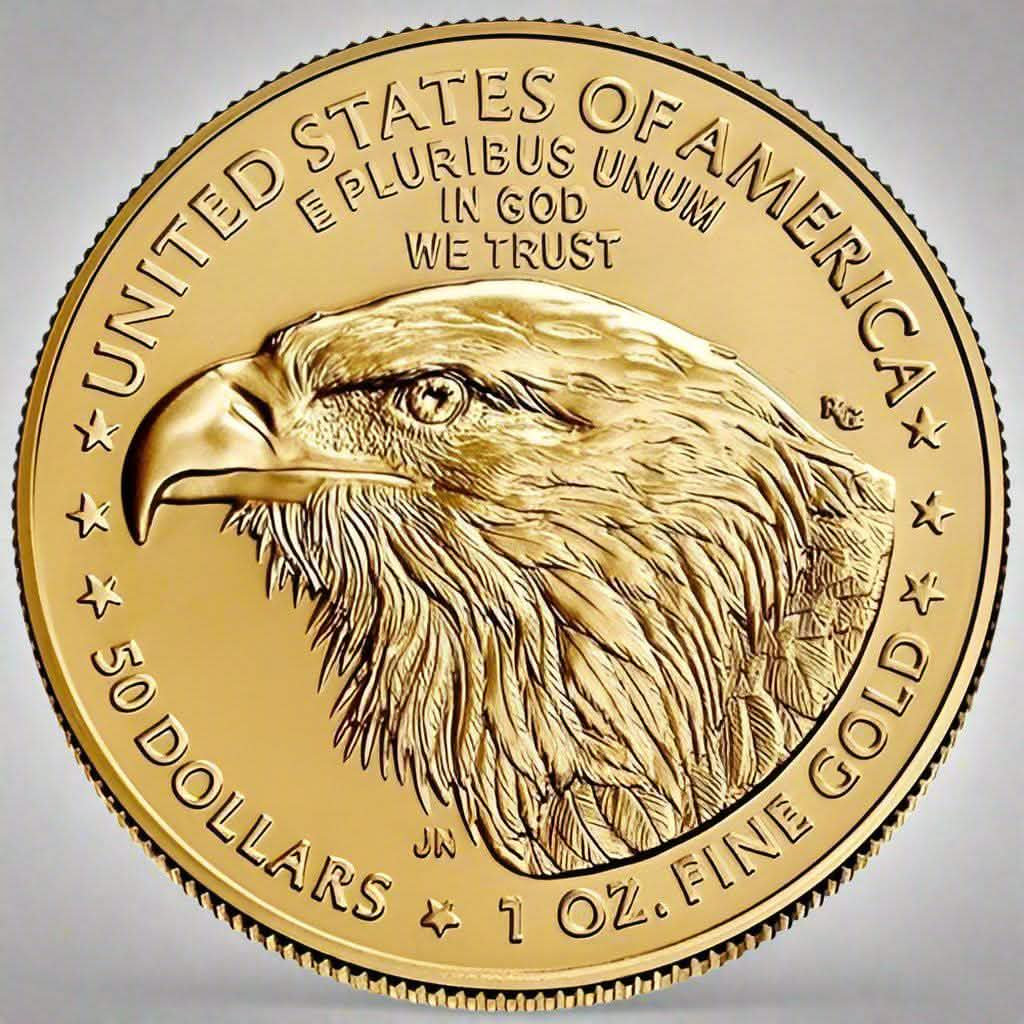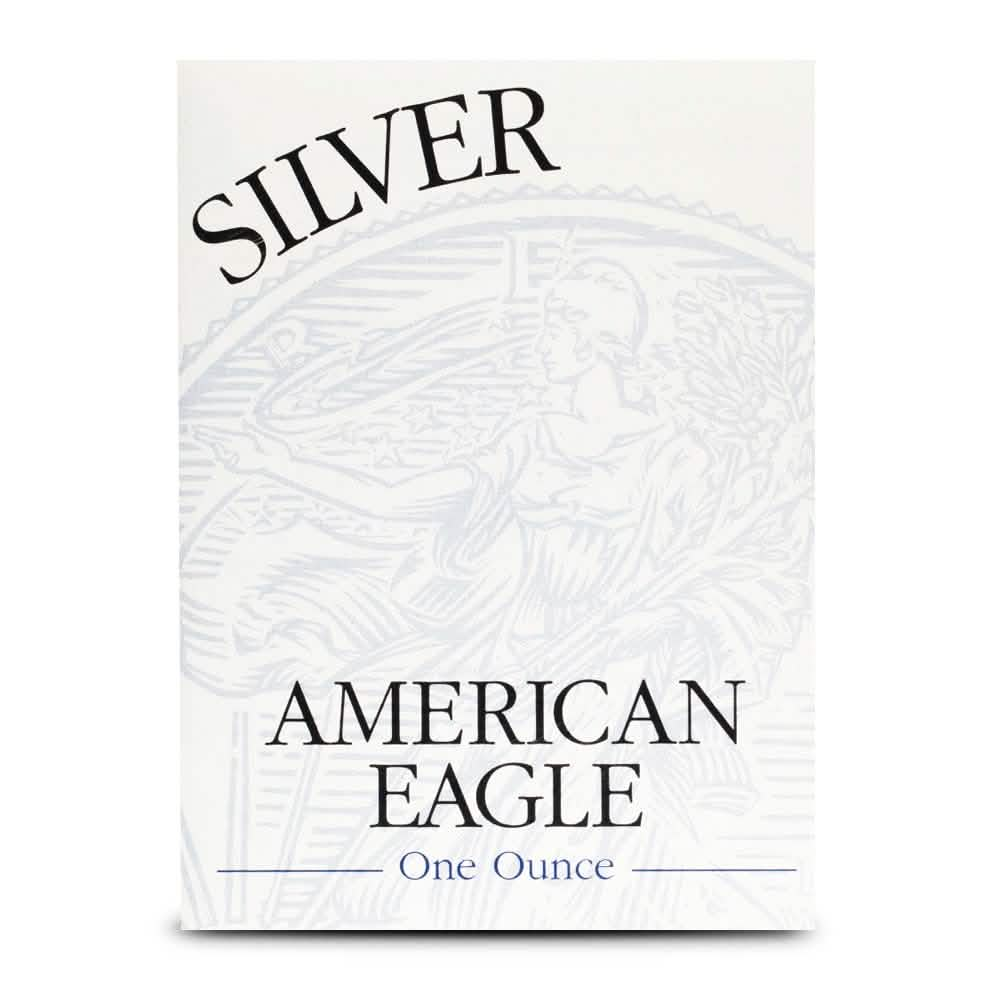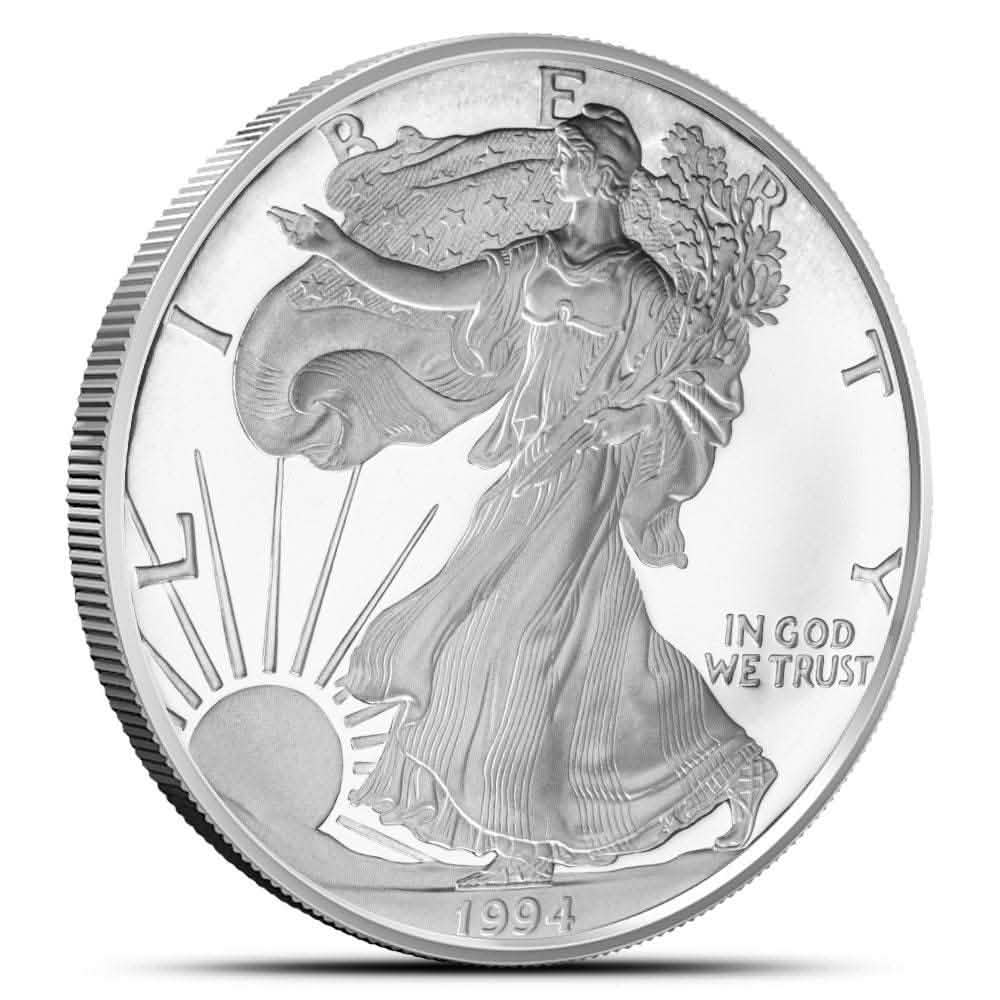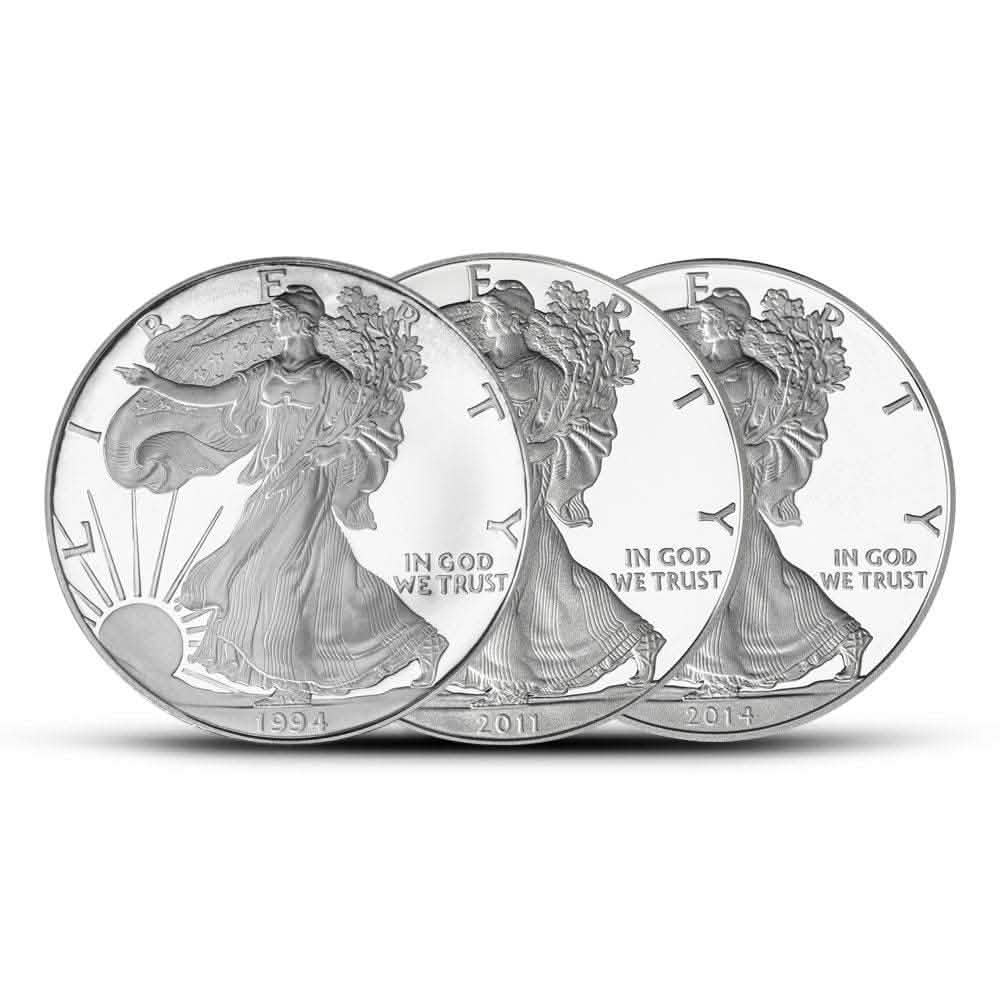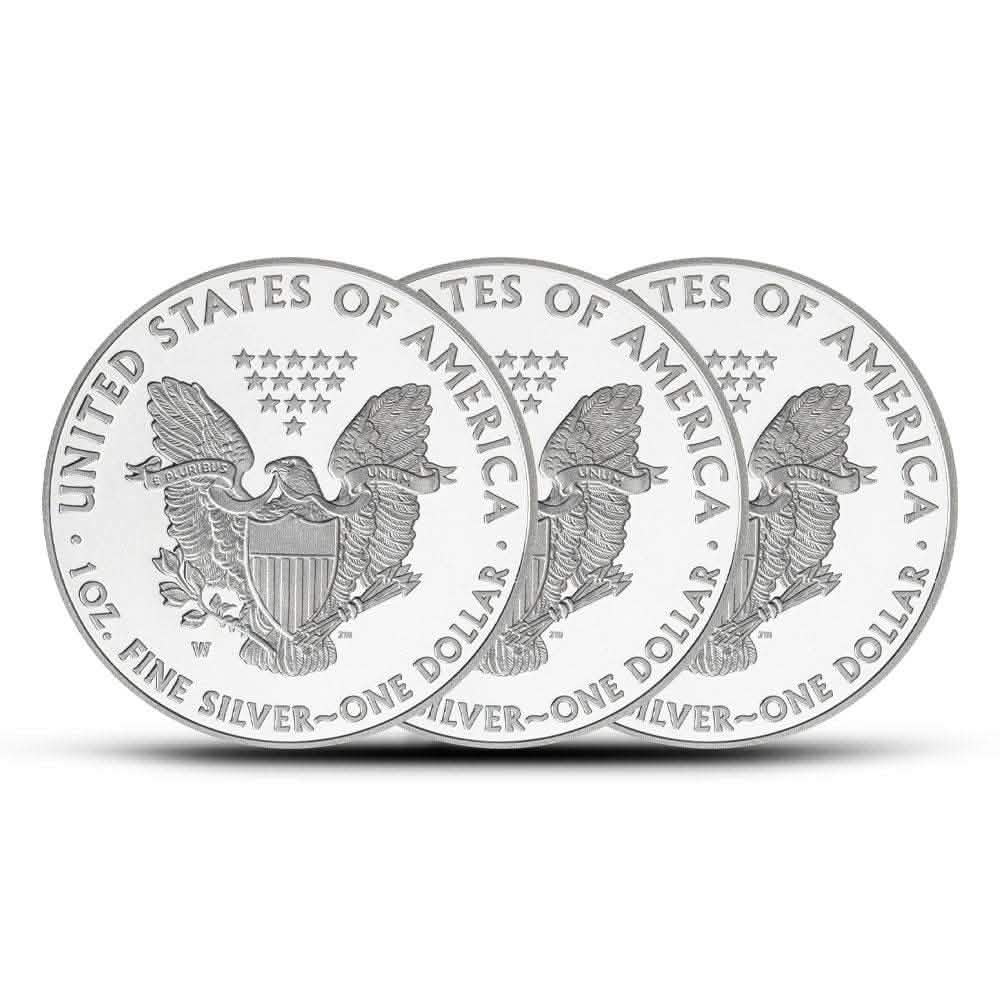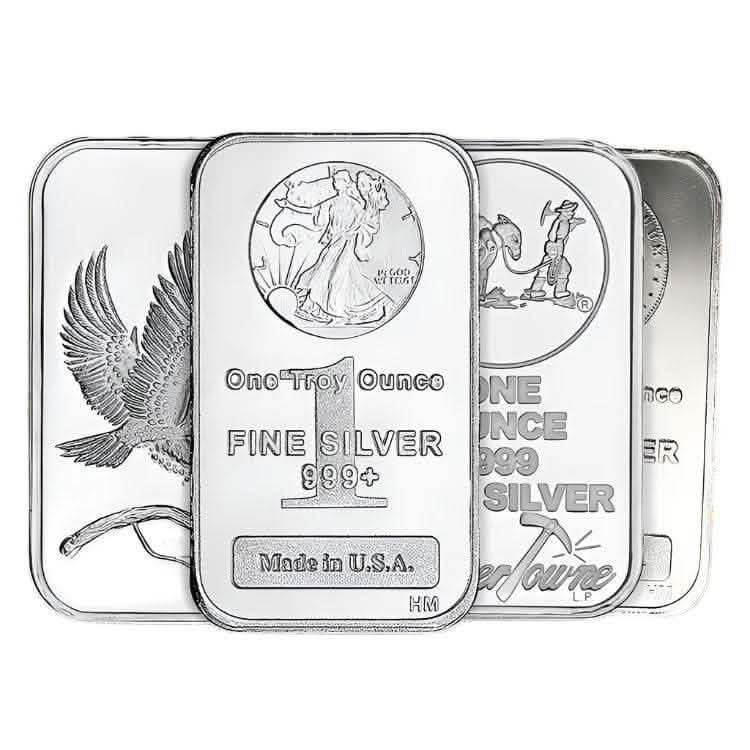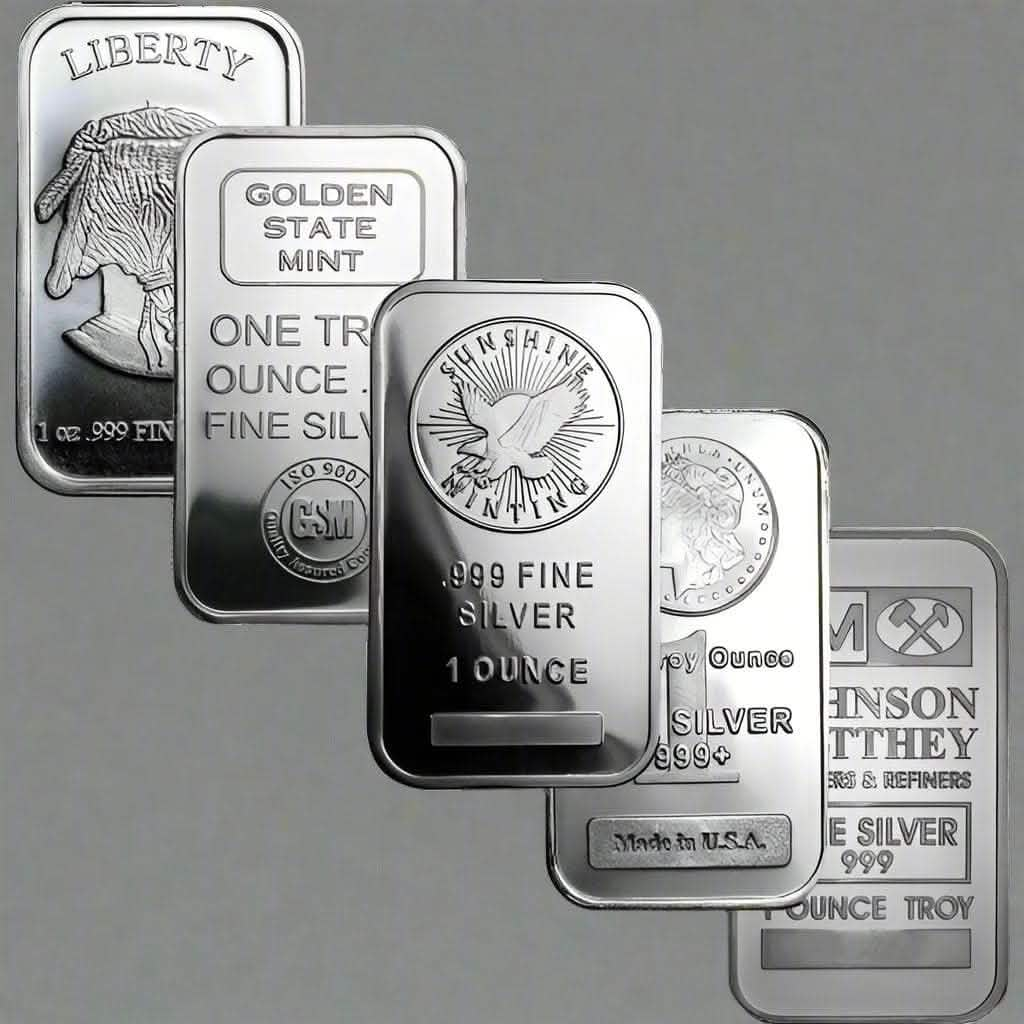Which Countries Consume the Most Gold?
Gold has long been considered a symbol of wealth and a haven for investors. Its timeless appeal is not limited to its aesthetic charm; gold is also a valuable financial asset. Tracking which countries consume the most gold as the global economy shifts provides useful insights, especially for investors. This blog post will illuminate the nations with the highest gold consumption and what fuels their insatiable appetites for this precious metal.
Unveiling the World's Gold-Loving Nations
Understanding which countries consume the most gold is essential for investors who want to grasp global market dynamics. Gold consumption varies significantly across the globe, influenced by cultural significance, economic health, and investment patterns. Investors often consider these consumption trends leading indicators of economic sentiment and market opportunities. This post explores the top countries with large appetites for gold and why their consumption habits matter.
Why Gold Matters to Investors
Gold isn't just a shiny metal; it's a vital part of investment portfolios worldwide. Investors regard gold as a hedge against inflation and currency fluctuations. This inherent property makes understanding consumption patterns critical. When countries boost gold intake, it could signal economic uncertainty, changes in wealth, or shifts in consumer preferences. Investors must watch these trends closely, as they can impact global market dynamics.
India Gold as a Cultural Mainstay
Perhaps no country reflects its cultural ties with gold as strongly as India does. India is one of the largest consumers of gold, steeped in tradition and historical significance. Gold is an integral part of India's festivals, weddings, and other celebrations. Indian families often view gold as an asset passed down through generations. This enduring cultural affinity maintains a robust demand, even in times of economic fluctuations.
India's gold market is driven by more than just consumers seeking jewelry. The investment potential also spurs demand, especially amid economic uncertainties. Indian investors regard gold as a haven, driving demand even further. The combination of cultural significance and investment potential bolsters India's position as a dominant gold consumer, prompting investors to monitor market activity there closely.
China, The Giant in Gold Demand
China is one of the world's largest gold consumers, alongside India. But while India's demand largely derives from cultural roots, China's appetite is driven by economic factors and the burgeoning middle class. Rising incomes, increased urbanization, and heightened wealth have made gold an attractive investment option for Chinese consumers. Additionally, the Chinese government actively encourages gold consumption, contributing to the nation's massive demand.
China's rapid economic growth has translated into increased wealth among its citizens, which has led to elevated gold purchases for personal use and investment. The gold market in China benefits from a more diversified pool of consumers, from individual buyers to institutional investors. For global investors, China's gold consumption offers insights into its economic trends and consumer confidence.
The United States Investment Meets Innovation
While cultural traditions may not fuel America's gold demand, this country's consumption still carries significant weight, driven predominantly by investment needs. Compared to India or China, the United States uses gold less personally or ceremonially. Instead, American investors turn to gold as a traditional investment instrument. Gold Exchange-Traded Funds (ETFs) and futures markets contribute substantially to the consumption numbers.
Investors seek gold as a portfolio diversification strategy, especially during economic uncertainty. Trust in the dollar's fluctuating value sparks interest in safe-haven assets like gold. The U.S.'s vast and varied financial market offerings ensure steady gold consumption by institutions and individual investors. Understanding America's gold consumption trends can reveal broader economic sentiments and financial market conditions.
The Middle East Gold in the Spotlight
Countries in the Middle East, including the United Arab Emirates and Saudi Arabia, play a vital role in global gold consumption. Gold isn't just a marker of wealth; it's a status symbol essential to social customs. These countries' oil-rich economies have created a class of affluent consumers with a taste for luxury, driving up demand for gold.
For many in the Middle East, gold performs dual functions. It is a personal luxury item in the form of exquisite jewelry worn to display wealth. Additionally, many investors turn to gold to hedge their portfolios against oil market volatility. This unique combination of cultural significance, wealth, and investment strategy ensures gold solid regional demand.
Russia and Its Strategic Reserves
Russia's gold consumption primarily relates to its geological wealth and strategic reserves. While not a traditional consumer, Russia's gold buying habits impact global markets through the state itself. The Russian government has been amassing a large quantity of gold, partially as a diversification strategy away from U.S. dollar holdings.
Russia's political dynamics and international policies influence its gold consumption patterns. Russia's consistent growth in gold reserves places it among the big players in the market. For investors, recognizing Russia's influence is crucial, as its gold accumulation can sway market prices and sentiment.
Japan's Historical Context Meets Modern Trends
Japan offers an intriguing case of gold consumption driven by historical context and modern investment needs. Japanese investors have turned to gold as a reliable asset during economic uncertainty. Low interest rates and a stable currency like the yen typically suppress gold demand. However, financial uncertainty can prompt increased gold ownership.
Japan's gold consumption highlights contrasts within the global market. It reveals a dual story of historical significance and contemporary relevance. Investors observing Japan can understand how shifts in internal economic conditions affect gold demand, offering more nuanced insights into market opportunities.
Other Noteworthy Gold Consumers: South Korea and Indonesia
Smaller in scale than the giants, countries like South Korea and Indonesia contribute meaningfully to global gold consumption. South Korea sees a mix of culturally driven and investment-oriented demand for gold. Meanwhile, Indonesia's consumption enlists both local traditions and evolving investment landscapes.
These countries serve regional markets, impacting global gold trade dynamics. Investors can learn from South Korea and Indonesia's demand fluctuations, offering more localized insights and opportunities. Tracking smaller markets enriches the bigger picture of worldwide consumption patterns and trends.
The Global Financial System: A Golden Backbone
At the heart of gold consumption lies the global financial system. Countries with substantial gold consumption also often command significant economic power. Gold embodies financial stability, playing a cushion against currency volatility and economic downturns. By understanding where gold demand concentrates, investors gain a lens into global economic shifts.
Investment Opportunities in Gold
Knowing which countries consume the most gold offers invaluable insights into potential investment opportunities. Markets with solid gold demand can indicate potential price stability or even growth. For investors, pairing this understanding with economic forecasts and geopolitical events forms a well-rounded strategy to maximize their gold-related positions.
Practical Tips for Gold Investors
Investing in gold isn't just about knowing which countries consume it most; it's about making informed decisions. Here are some practical tips for gold investors:
- Stay informed about economic trends and consumption patterns in leading gold-consuming countries.
- Diversify your portfolio by exploring various gold investment options, from physical gold to ETFs and mining stocks.
- Set realistic goals and expectations, tailoring your investment strategy to your risk tolerance and market insights.
Looking Ahead: The Future of Gold Consumption
The global gold market continues to evolve, driven by shifting economies, technological advances, and changing consumer preferences. Observing how dominant countries in gold consumption adjust to these changes will significantly impact global markets. Investors must remain vigilant to keep pace with these trends, maintaining a well-informed perspective.
Investing in Gold: An Evergreen Opportunity
Gold's allure will remain strong as long as cultural traditions persist and economic uncertainties endemically shape markets. Understanding which countries consume the most gold offers investors a pathway to better investment decisions. Whether investing directly in gold commodities or leveraging ETFs, being informed elevates investment success.
Stay informed and aligned with leading consumption trends. I'm looking forward to further insights and expert advice from those keen to explore more. Keep your investment strategy sharp, and seize the golden opportunities from understanding the world's most dynamic gold-consuming nations.
